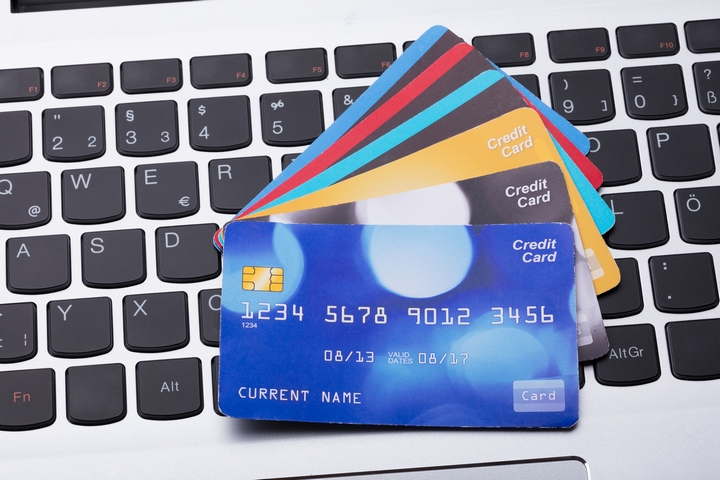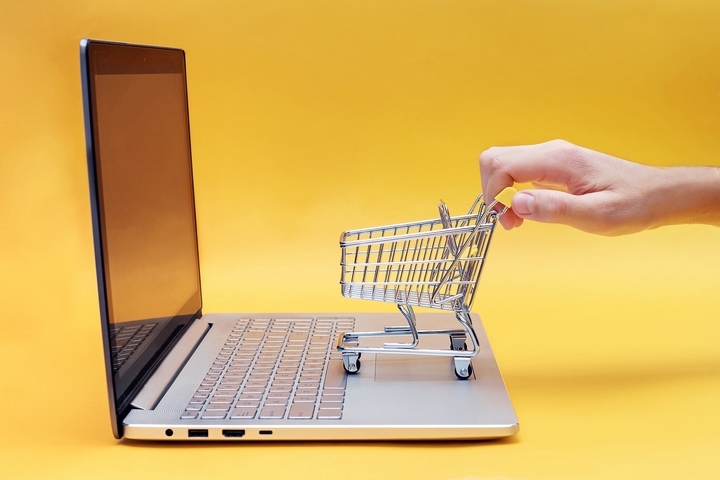Starting an online shop can be a great way to turn something you love into a profitable business venture. Selling online allows you to reach a much wider audience than brick and mortar because people can access your products almost anywhere.
Setting up online is also much cheaper because you don’t have to worry about renting a storefront or hiring staff. Setting up an online shop can seem daunting, especially if you’re new to owning your business and the world of e-commerce.
Let’s outline the key steps and considerations to help you launch your successful online store.
1. Determine your Niche

For any business venture, the first thing you need to do is determine your niche. Identifying a specific market segment you want to serve and focusing on providing products that meet a unique need or preference is essential.
Start by analyzing your interests and passions and researching current trends. Look for areas where there are gaps in the market or underserved customer needs that you can address. Ultimately, your niche should be something you are passionate about but also offers a viable business opportunity.
2. Research the Market

Once you’ve determined your niche, the next step is to conduct market research and analyze your competitors. You want to identify areas where you can make your business different from others to stand out.
Researching the market can also better understand what works and what doesn’t and help you identify unmet needs in the market that you can meet with your products.
3. Choose your E-Commerce Platform

The next step is to choose your e-commerce platform. There are many options available, including Shopify, BigCommerce and WooCommerce.
Each platform has unique features and benefits, so it’s important to research and compare them based on your specific needs and budget. Consider scalability, mobile optimization, and integrations with other important tools like email marketing or social media management.
4. Consider Using a Third-Party Logistics Provider

Using a third party logistics (3PL) provider for your online store can provide many benefits. 3PL providers can handle your products’ storage, packing, and shipping, freeing up your time to focus on other aspects of your business. They can also provide faster and more cost-effective shipping options, improving the customer experience.
Additionally, 3PL providers often have advanced technology and software that can help streamline your logistics processes and provide valuable insights into your supply chain. Working with a 3PL provider can help you grow your online store and increase sales.
5. Design Your Store

Once you’ve chosen your e-commerce platform, it’s time to design your store. Your store’s design should be visually appealing and easy to navigate. You can use templates or hire a designer to create a design that reflects your brand’s personality and values.
6. Source your products

You may already have products you’ve created or sourced, depending on your niche. If not, consider dropping shipping or wholesale as your business model. Dropshipping involves partnering with a supplier who ships products directly to your customers.
Selling wholesale is simply purchasing products in bulk from a manufacturer or distributor and then selling them at a markup. Dropshipping can be low-risk as you don’t need to invest in inventory upfront. However, it can result in lower profit margins, and you have less control over the customer experience.
Selling wholesale allows for greater control over your inventory and profit margins but requires upfront investment and can come with higher risk if products don’t sell as expected. Ultimately, the best option depends on your business goals and resources.
7. Set Up Payment and Shipping Options

Setting up payment and shipping options is crucial to starting an online store. You’ll need to choose a payment gateway allowing you to accept customer payments.
Popular options include PayPal, Stripe, and Square. You’ll also need to set up shipping options, including shipping rates and carriers.
8. Launch your Store

Once your online store is set up, the next step is to launch it and start driving traffic to your website. One effective way to launch your store is to create a buzz through social media and email marketing campaigns. Use platforms like Facebook, Instagram, and Twitter.
You can also offer promotions and discounts to encourage initial purchases and generate positive reviews. It’s important to continuously analyze your website traffic and customer behaviour to adjust and improve your marketing strategies. By staying engaged with your customers and continually promoting your store, you will have the best chance of establishing a strong online presence and growing your business.
Starting an online store can be challenging but can also be rewarding. You’ll generate sales in no time by following the steps outlined above. Remember to stay patient, persistent, and open to learning and trying new things. You’ll be on your way to success in no time.




